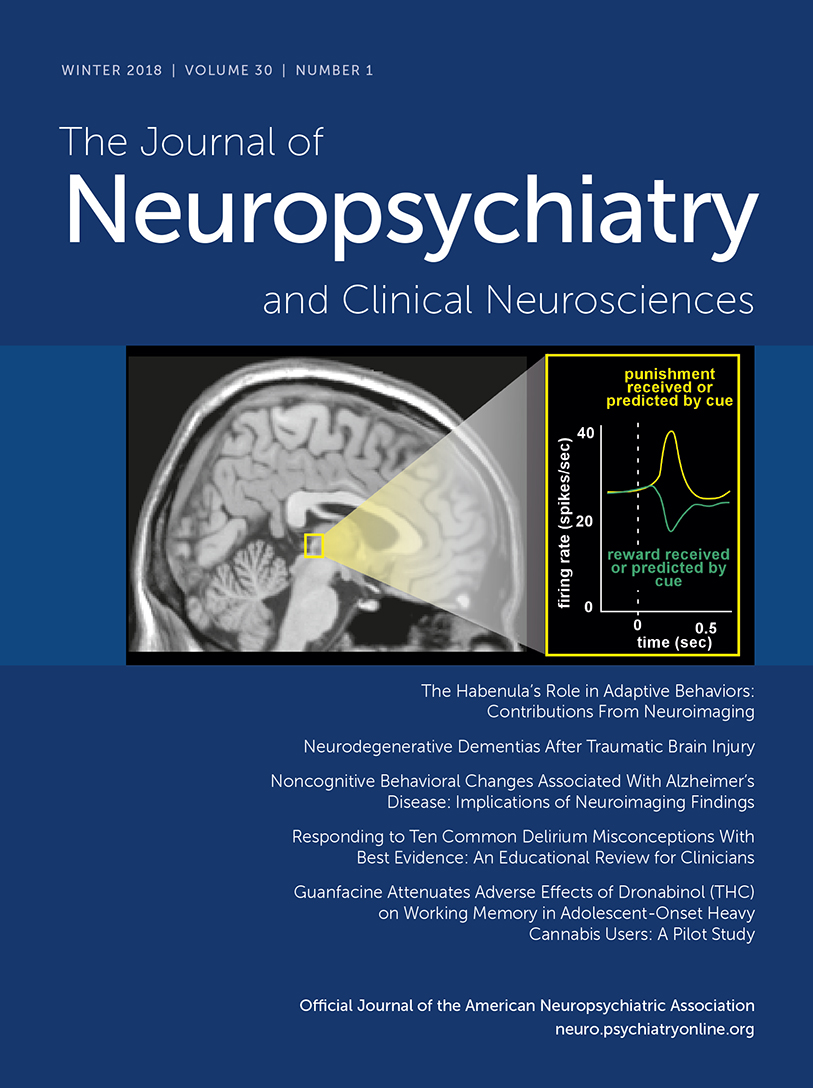Overload From Anxiety: A Non-Motor Cause for Gait Impairments in Parkinson’s Disease
Abstract
Threatening situations lead to observable gait deficits in individuals with Parkinson’s disease (PD) who suffer from high trait anxiety levels. The specific characteristics of gait that are affected appear to be similar to behaviors observed while walking during a dual-task (DT) condition. Yet, it remains unclear whether anxiety is similar to a cognitive load. If it were, then those with PD who have high trait anxiety might be expected to be more susceptible to DT interference during walking. Thus, the overall aim of this study was to evaluate whether trait anxiety influences gait during single-task (ST) and DT walking. Seventy participants (high-anxiety PD [HA-PD], N=26; low-anxiety PD [LA-PD], N=26; healthy control [HC], N=18) completed three ST and three DT walking trials on a data-collecting carpet. The secondary task consisted of digit monitoring while walking. Results showed that during both ST and DT gait, the HA-PD group demonstrated significant reductions in walking speed and step length, as well as increased step length variability and step time variability compared with healthy controls and the LA-PD group. Notably, ST walking in the HA-PD group resembled (i.e., it was not significantly different from) the gait behaviors seen during a DT in the LA-PD and HC groups. These results suggest that trait anxiety may consume processing resources and limit the ability to compensate for gait impairments in PD.



